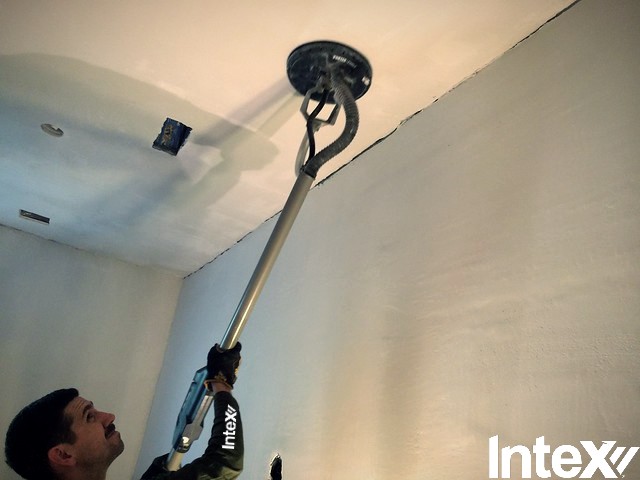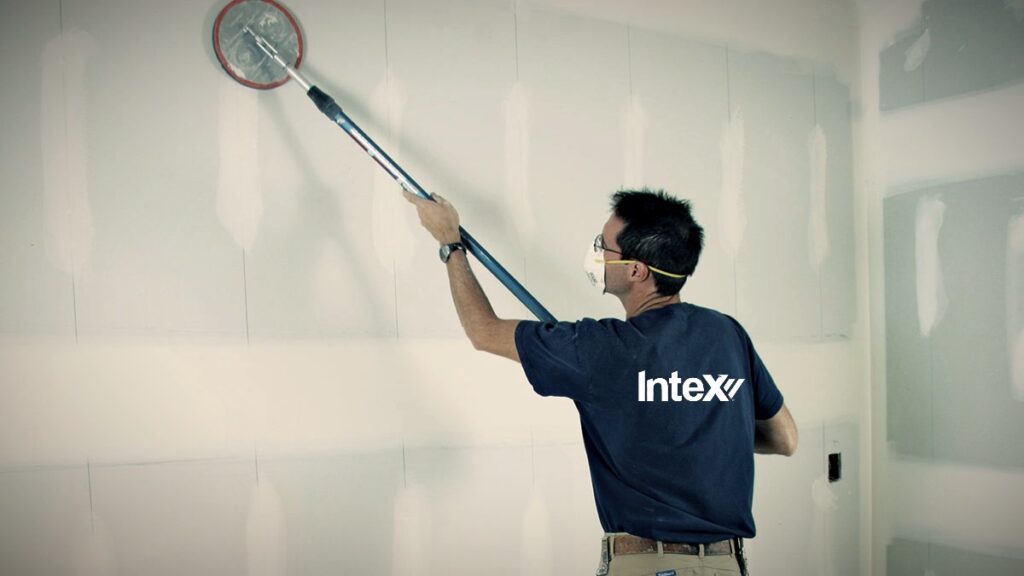Plaster Sanding

Tips for Plaster Sanding: Plaster is a type of wall and ceiling coating. It might be smooth, textured, or both. To achieve the most effective and long-lasting paint application on a plaster wall, sand it down to the bare plaster. Sanding a plaster wall requires coarse grit sandpaper for rough textured surfaces and finer grit sandpaper for smooth surfaces. When sanding plaster, it’s crucial to take your time because sanding too quickly can crack or damage the wall. It is not difficult to sand plaster, but it is messy and time consuming.
Expert tips to keep in mind before, during and after plaster sanding
In the early twentieth century, plaster walls were popular. While this surface is extremely tough and long-lasting, it is not the easiest to install. Professionals spend years learning how to apply an even coat that does not require sanding. If you’ve done your own plastering or patched a part and discovered the surface isn’t even, a little work can repair it.
Before You Begin
Sanding plaster will produce a lot of dust, which might irritate your mucous membranes and spread throughout the house. As a result, seal off the area where you’ll be sanding. Remove all furniture from the room, cover any vents, and cover the floor and doors with plastic drop cloths. While working, put on eye protection, long sleeves, a mask, and gloves. Using a plastic hair covering to keep dust out of your hair also helps.

Sanding the Plaster
Determine how much muscle you’ll need for this job first. You can get away with using a block hand plaster sander if the plaster is only slightly uneven in sections. You may need to use an electric sander if the plaster is extremely uneven. In either case, use a fine grade of sandpaper and work slowly. You don’t want to make things worse by removing the plaster. Test your place on a regular basis to see how far you’ve come.
Skim Coating
Applying a skim coat of plaster to the walls may be preferable if the walls are highly uneven. This is similar to ordinary plastering, only you’re merely filling in the gaps. This is a lot easier than sanding, but you’ll need a steady hand or you’ll just end up with more work. Before heading to the wall, practise on a scrap board to perfect your plaster technique. You will save time and frustration by doing so.
Sanding a Ceiling
If your plaster ceiling is uneven, you can sand it as well. This job cannot be done safely with a ladder. Rent or borrow scaffolding instead, which will provide you with a sturdy, safe surface to stand on while also allowing you to utilise a little more muscle. When sanding a ceiling, you should definitely use eye protection and cover your hair because the project will be messy. When sanding a plaster ceiling, handheld sanding blocks are considerably easier to operate than electrical tools, even if the procedure takes a bit longer.


